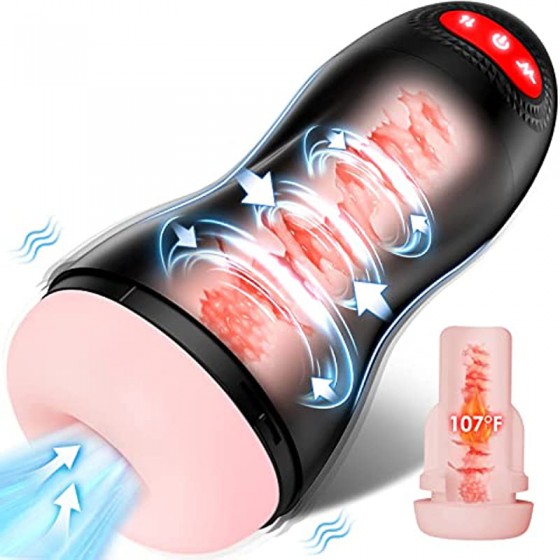Looking at AIDS from oral lesions
"Seeing" AIDS from oral lesions
1. Candidiasis albicans
It is divided into two types: erythema type and pseudomembranous type. It mostly occurs on the palate and the back of the tongue; white spots or plaques can sometimes be seen on the red areas of the lesions. Lesions can also occur anywhere in the mouth and appear as white or yellow spots or plaques that can be rubbed away, leaving red areas with bleeding. Many epidemiological surveys have shown that oral candidiasis has a very high prevalence in HIV-infected people, occurring at different stages of HIV infection, up to 96%.
Oral Candida infection is often the first manifestation of HIV infection and is the most common in oral lesions; for the vast majority of cases, it is an early sign of immunosuppression after HIV infection, indicating other opportunistic infections. possible. Some people believe that oral candida infection and hairy leukoplakia can be used as indicators to detect or predict AIDS.
2. Hairy leukoplakia
It is a white or gray lesion that occurs on the edges of both sides of the tongue. The lesions can also extend to the tongue belly and back and cannot be erased. Hairy leukoplakia is a common oral symptom second only to candidiasis in HIV-infected and AIDS patients. It is also a sign of HIV-related diseases. It is almost only seen in HIV-infected and AIDS patients and has very significant specificity. Therefore, the appearance of hairy leukoplakia should be taken seriously. Periodontal disease manifests as gingival inflammation, gum ulcers, gum necrosis, and loose teeth. Symptoms such as gum bleeding, pain, and malignant transformation may also occur. It is reported that 19% to 29% of patients with HIV infection or AIDS have periodontitis.
3. Kaposi's sarcoma
Single or multiple red, light blue or purple plaques or masses, with or without ulcers, are first seen on the palate and gums. Kaposi's sarcoma is rare in the general population. With the epidemic of AIDS, Kaposi's sarcoma appears in large numbers in people at risk of AIDS.
In the United States, AIDS patients are at least 20,000 times more likely to develop Kaposi's sarcoma than the general population. Among the oral manifestations of HIV-infected and AIDS patients, the prevalence of Kaposi's sarcoma is second only to candidiasis and hairy leukoplakia, with a higher incidence rate. "Some epidemiological data show that all HIV-positive or AIDS patients, from infants to adults, can develop oral lesions. Usually the highest incidence groups are male homosexual patients, heterosexuals, intravenous drug users and other adults.



















